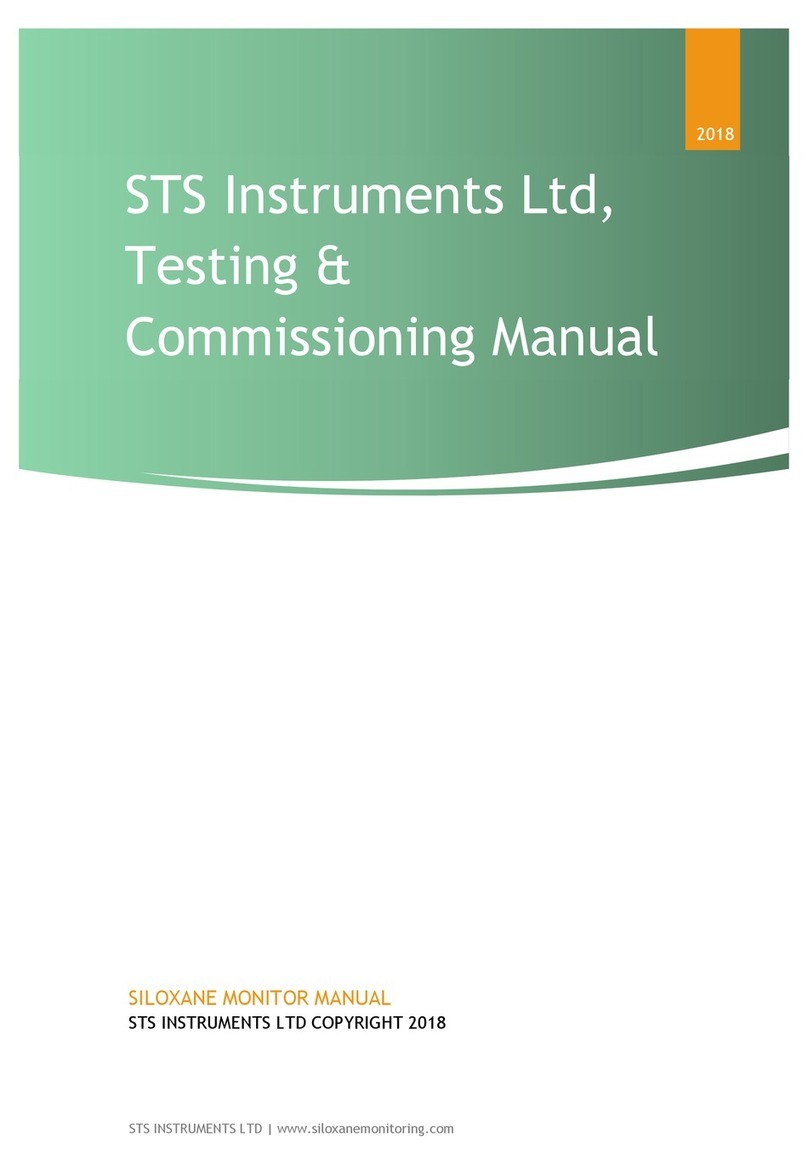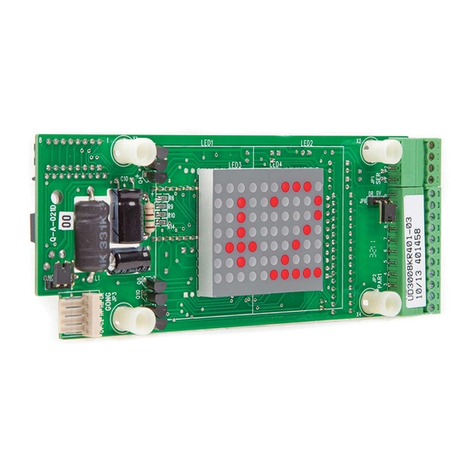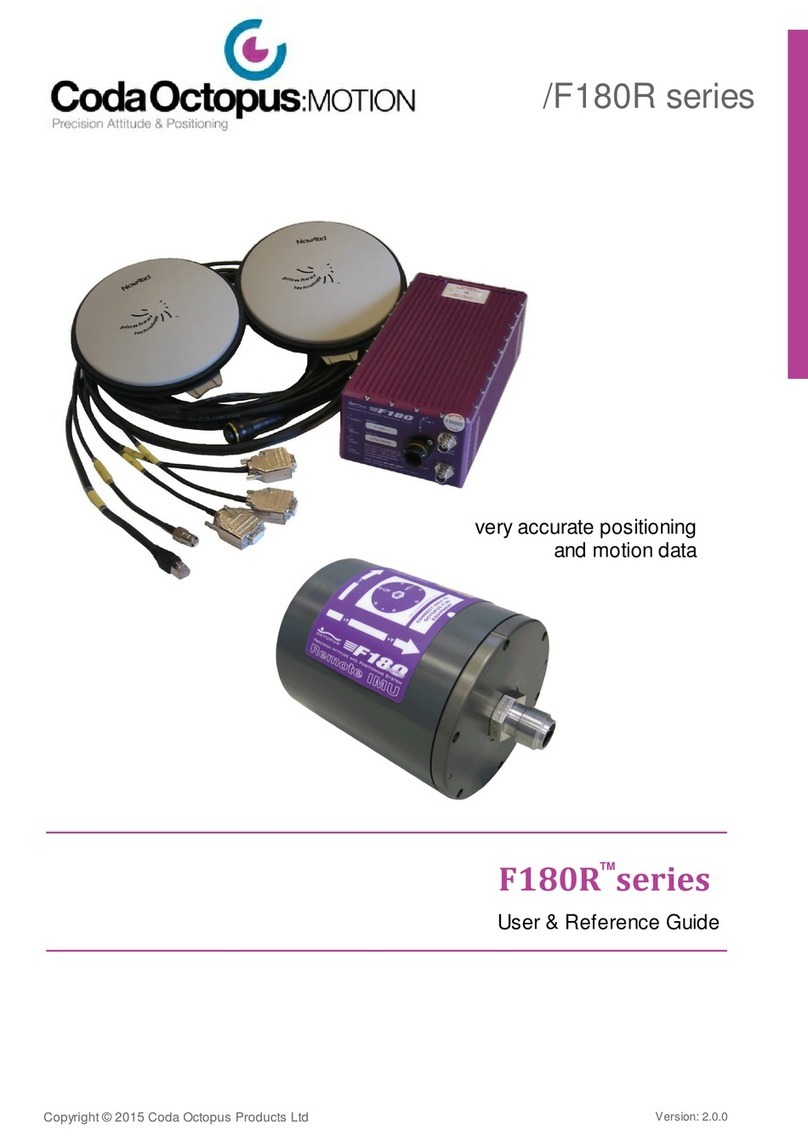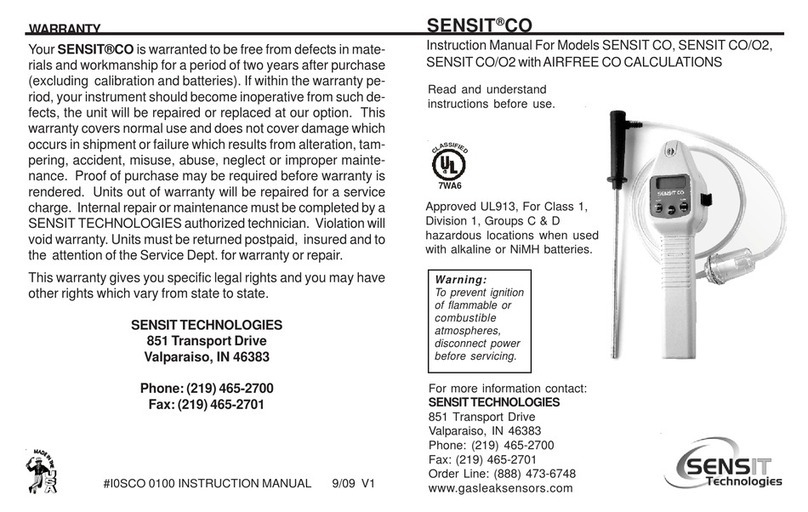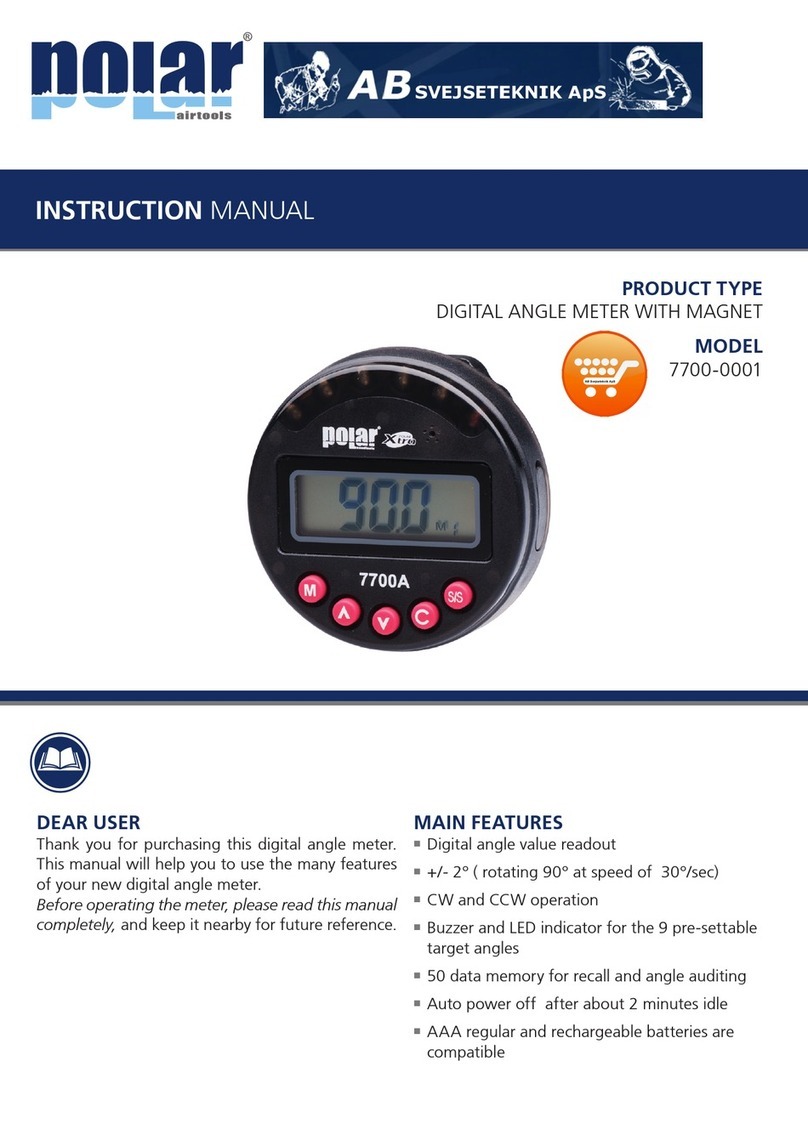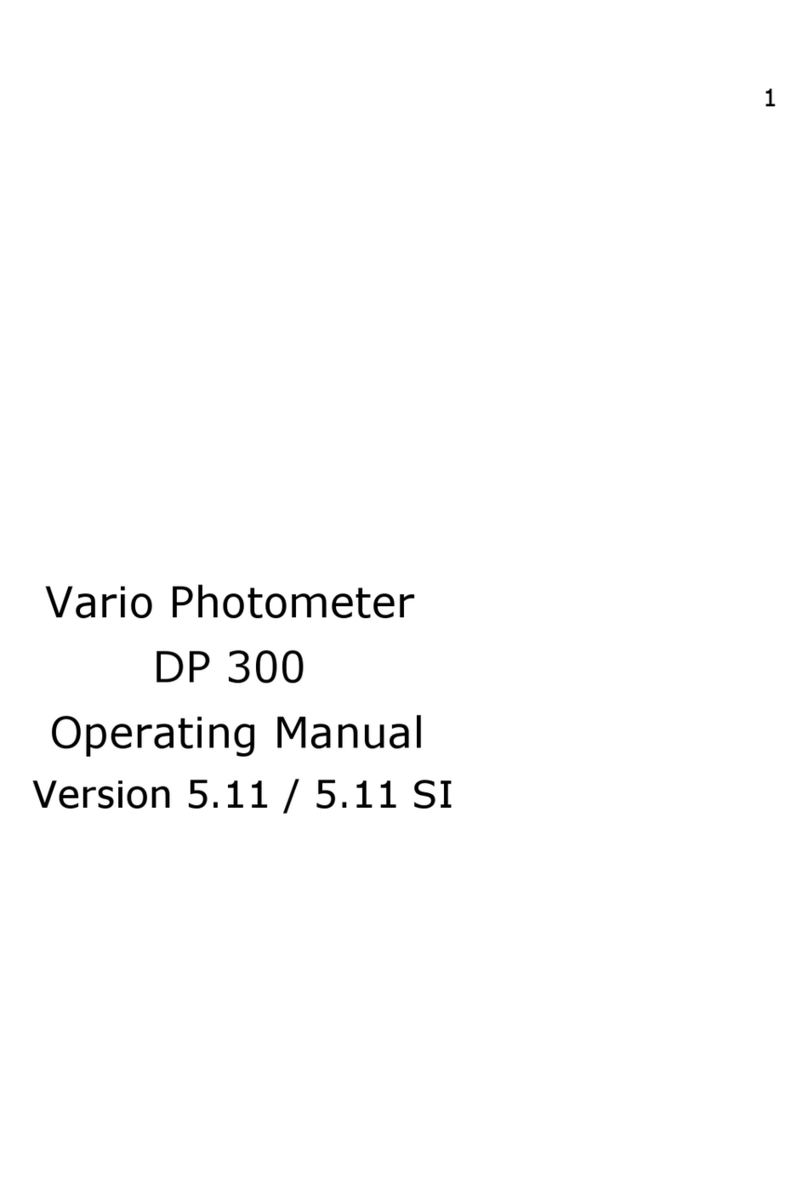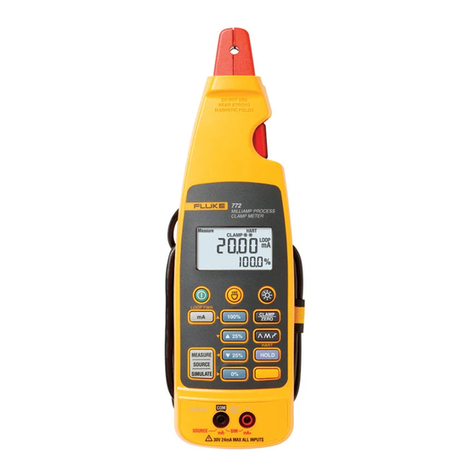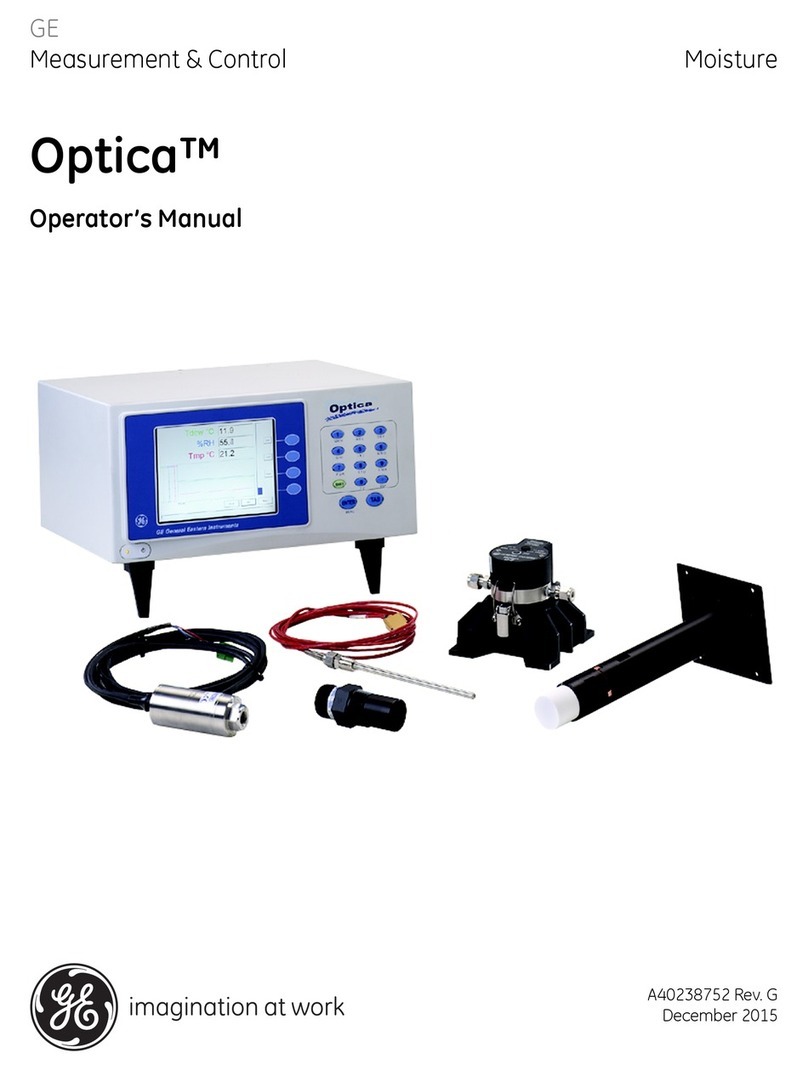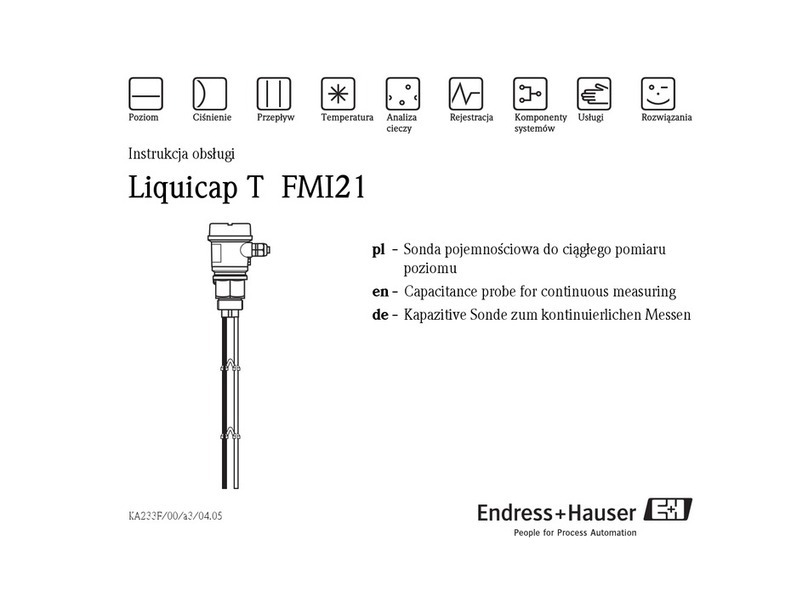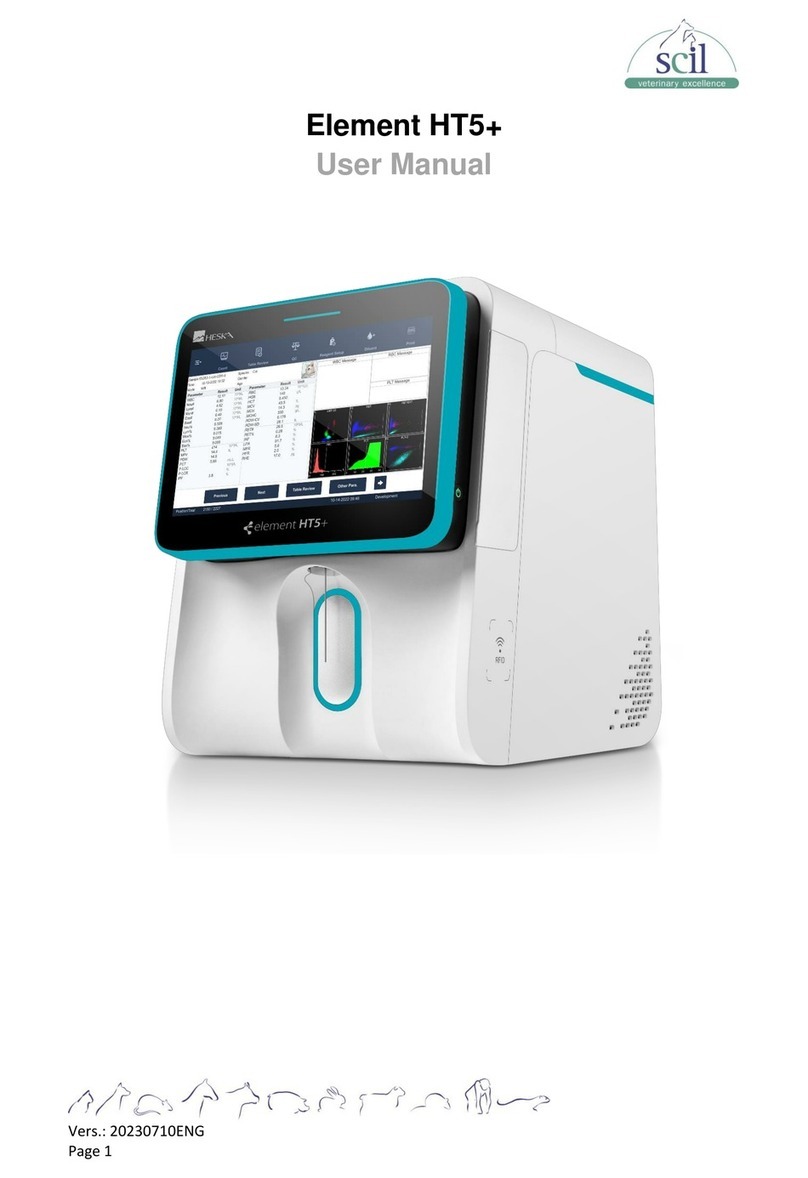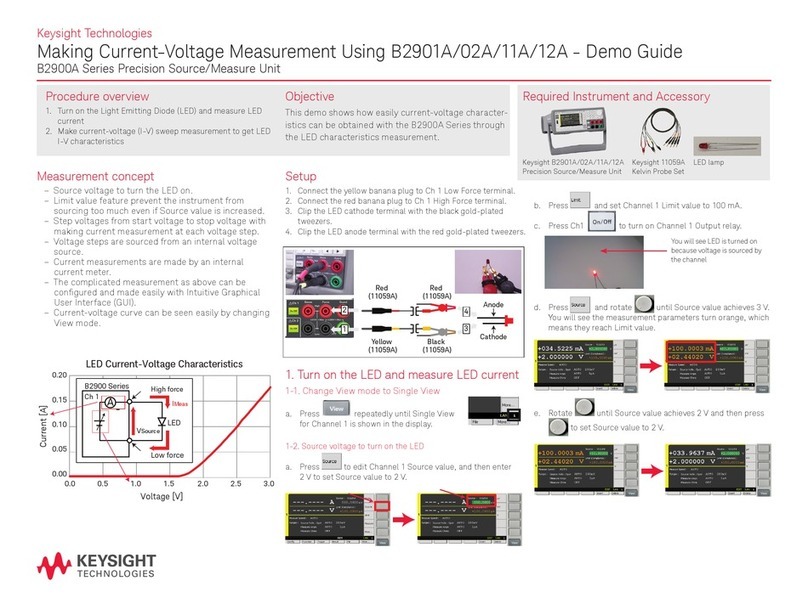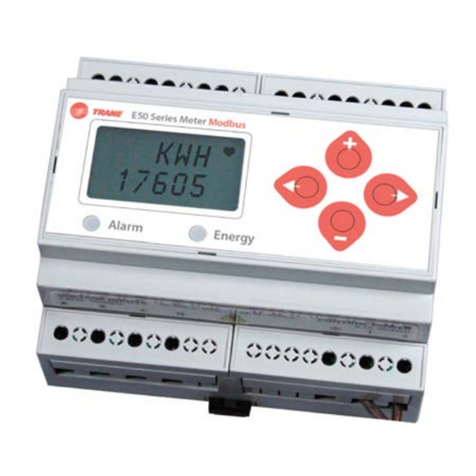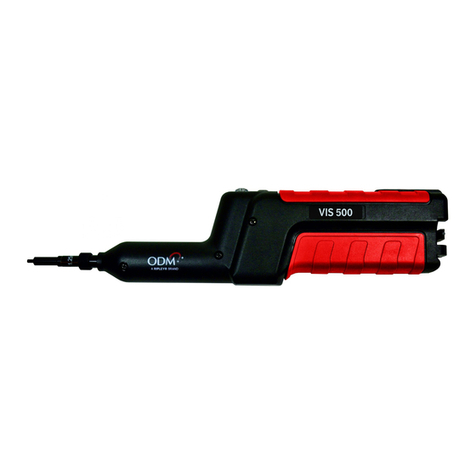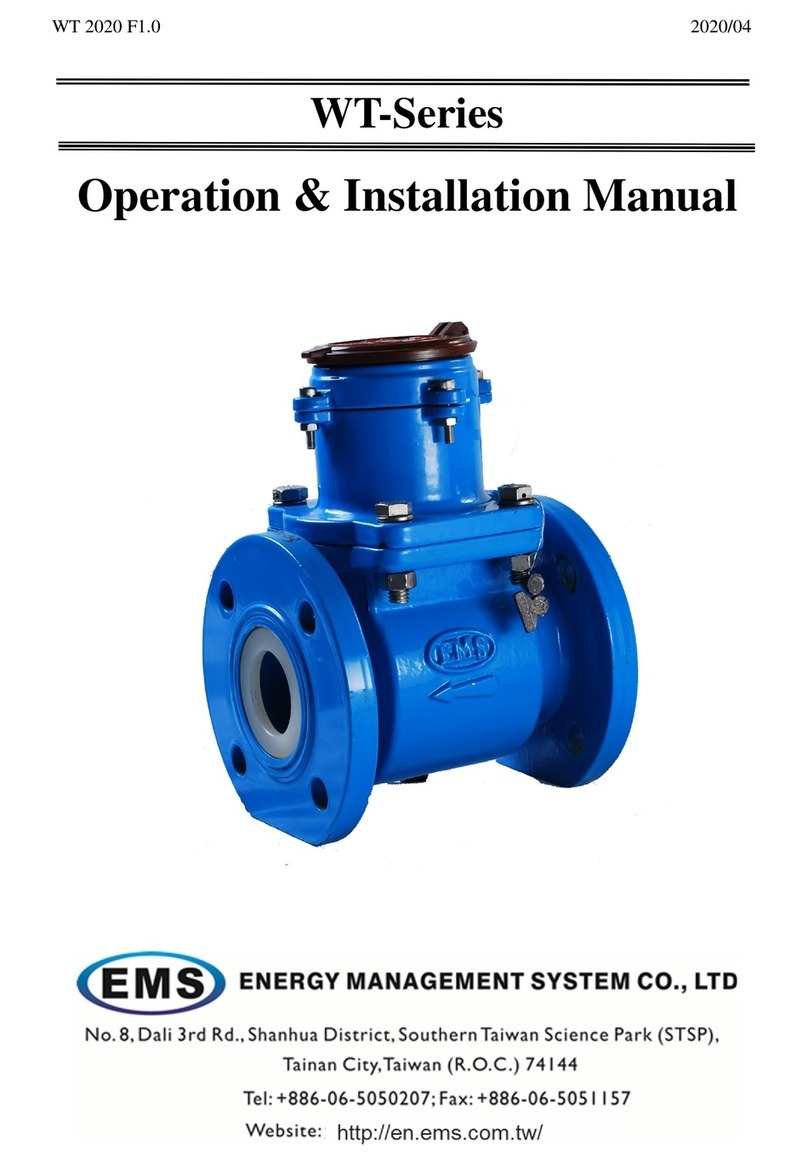STS Instruments Siloxane Use and care manual

STS Instruments Ltd,
Calibration Manual
201
8
SILOXANE MONITOR MAN AL
STS INSTR MENTS COPYRIGHT 2018
STS INSTR MENTS LTD
|
www.siloxanemonitoring.com

1
18 October 2016, STS Instruments Ltd, Calibration Manual
TABLE OF CONTENTS
1.0 Manual Guide ..................................................................................................... 2
1.1 Document Version ............................................................................................ 2
1.2 Symbols sed .................................................................................................. 2
2.0 Safety Information ............................................................................................ 3
2.1 recommended handling proceedure ....................................................................... 3
2.2 Environmental parameters .................................................................................. 4
2.3 Instrumentation Safety Symbols ............................................................................ 4
3.0 Calibration of the monitor ..................................................................................... 5
3.1 Pre-calibration procedures .................................................................................. 5
3.1.1 Stopping the Instrument ................................................................................ 5
3.1.2 Instrument Preparation ................................................................................. 6
3.1.3 Cleaning cycle ............................................................................................ 6
3.1.4 Standard Preparation ................................................................................... 7
3.2 Calibration operation ........................................................................................ 8
3.2.1 Starting a Calibration cycle ............................................................................ 8
3.2.1 Injecting the prepared standard ...................................................................... 9
3.2.2 checking result of calibration and Repeat ......................................................... 10
3.2.3 Adjustment in software of calibration coefficient ............................................... 11
3.3 restarting sampling .......................................................................................... 12
3.3.1 check instrument for restart ......................................................................... 12
3.3.2 Start sampling ........................................................................................... 12
4.0 Calibration Certificate ......................................................................................... 12
4.1 Completion of Calibration certificate & instrument log/label .................................... 12
4.2 example calibration certificate ........................................................................ 13

2
18 October 2016, STS Instruments Ltd, Calibration Manual
1.0 MAN AL G IDE
1.1 DOC MENT VERSION
Issued by
Author
Issue Date
Revision Number
STS
Jim Ward
18/10
/2016
1.0
STS
Jim Ward
20/10/2016
1.1 Final
1.2 SYMBOLS SED
Safety Warning
Identifies potential
hazards to either
the user or the
installation.
Failure to follow this
information may result in
physical injury that in some
cases could be fatal, cause
irrevocable damage to the
instrument or damage to the
environment.
Electrical Hazard
Identifies specific
electrical hazards
to the user.
Failure to follow this
information may result in
physical injury that in some
cases could be fatal or may
cause irrevocable damage to
the instrument.
Notes
Identifies areas
where clarification
may be required.
Should at any point you require additional help or information on the use or installation
of the system please contact STS directly at: sales@safetrainingsystems.com or +44 (0) 1344
483563

3
18 October 2016, STS Instruments Ltd, Calibration Manual
2.0 SAFETY INFORMATION
2.1 RECOMMENDED HANDLING PROCEED RE
The siloxane instrument is a bulk item that weighs 12.0Kg that may exceed the manual lifting
ability for a one man lift. Installers are required to perform a manual handling risk assessment
before lifting the instrument. Lifting operations should be carried out in accordance with the
Manual Handling Operations Regulations 1992.
Where the instrument is supplied complete with sampling apparatus and installed in a kiosk the
combined item is considered too bulky for a safe one man lift, and mechanical means or team lift is
considered necessary. The supervisor of the lift should perform a risk assessment prior to
performing any lifting operation and take account of the legal requirements Manual Handling
Operations Regulations 1992 and the Lifting Operations and Lifting Equipment Regulations 1998
(LOLER).
The equipment is delicate electronic equipment and should as far as is practicable be protected
from jolting or impacts during handling.
The STS Siloxane Monitor operates from a 110V mains supply, the instrument case
should not therefore be opened without having first isolated the power supply and disconnected
the kettle lead form the rear of the instrument. The high voltage section of the instrument is
protected by clear cover – this should not be removed unless necessary- having followed the above
instructions. FAIL RE TO ISOLATE THE S PPLY MAY RES LT IN ELECTRIC SHOCK.
It is the responsibility of the owner of the instrument to complete a risk assessment on its
installation, operation and servicing before being commissioned for use.
Inhalation of gases may be harmful to health, it is the responsibility of the operator to ensure they
have adequate training in the safety aspects of handling biogas/landfill gas and that they follow
appropriate procedures at all times. The vent/exhaust form the instrument must be piped to an
area designated safe to discharge to atmosphere- a flame arrestor may be required to be fitted.
Installation and Maintenance of the unit should only be carried out by suitably trained personnel
according to the applicable code of practice.
Maintenance should be carried out only using STS approved replacement parts and components –
use of substitutes will invalidate the warranty and may be hazardous to both operator and
instrument.
No alterations should be made to the instrument or its ancillary components.
Failure to comply with the instructions in this manual could result in injury to the user.
The instrument captures fuel gas any work associated with the instrument must be carried out by a
class of person competent and certified to do so.

4
18 October 2016, STS Instruments Ltd, Calibration Manual
2.2 ENVIRONMENTAL PARAMETERS
•The Siloxane Monitor is not weatherproof and must be housed in a suitable kiosk or cabinet
if sited outside of a building
•If siting inside a building consideration should be given to the local conditions as regards to
dust, moisture and ventilation the Monitor is available supplied in a 19” rack case suitable
for indoor use with inbuilt thermostatically controlled extraction fans.
•The monitor is suitable for use between 5C and 45C without additional cooling/heating
required.
•Gas supply to the instrument should be at a minimum of 200mbar
•Adequate ventilation/air passage around the instrument should be provided.
2.3 INSTR MENTATION SAFETY SYMBOLS
Caution
Electrical Hazard
Earth Point
Hot Surface

5
18 October 2016, STS Instruments Ltd, Calibration Manual
3.0 CALIBRATION OF THE MONITOR
3.1 PRE-CALIBRATION PROCED RES
To prepare the instrument for calibration, the following tasks must be achieved:
1. Stop Instrument sample cycle
2. Turn off Biogas supply at inlet valve and removing the top calibration blanking plug.
3. Run Cleaning Cycle
4. Prepare Standard
3.1.1 STOPPING THE INSTR MENT
To stop the instrument during a measurement cycle. Hold STOP, this will bring up a
confirmation screen:
Hold START to confirm:
This will then return the instrument to the main menu:

6
18 October 2016, STS Instruments Ltd, Calibration Manual
The instrument is now in a standby mode ready for the next stage.
3.1.2 INSTR MENT PREPARATION
Please turn off the power to the instrument now, via the external isolation switch:
Remove the blanking plug from the top of the instrument:
Close off the biogas supply to the instrument via the final ball valve before the connection to the
instrument:
Once these modifications have been achieved, please turn on the instrument via the external
isolation switch.
3.1.3 CLEANING CYCLE
Before running a calibration, the instrument must be thoroughly cleaned to ensure there is no
contamination present.
To do this the cleaning cycle should be run from the main menu:

7
18 October 2016, STS Instruments Ltd, Calibration Manual
Enter the Options menu:
Hold Start to commence the cleaning cycle. This cycle will continuously repeat until stopped. The
instrument is clean, once it records a concentration reading of <0.5 mg/m3.
The instrument is now ready to start a calibration cycle.
3.1.3.1 CLEANING CYCLE FLOW DIAGRAM
For reference, here is the flow diagram for the cleaning cycle:
3.1.4 STANDARD PREPARATION
Before starting a calibration cycle, the liquid sample must be prepared.
A direct injection method is used for calibration. The calibration standard is made up using 0.1mg
of D5 dissolved in 100ml of methanol, to give a standard which is 1ug/ml in D5 concentration.
Suitable premade standards are available from STS, these are supplied in 25ml volumes.
The apparatus used to inject will be a 50ul syringe, such as this:
Injections of 10ul will be used during this calibration.

8
18 October 2016, STS Instruments Ltd, Calibration Manual
3.2 CALIBRATION OPERATION
3.2.1 STARTING A CALIBRATION CYCLE
Now that the instrument is prepared for calibration, start a calibration cycle, enter the Options
menu from the main menu:
Hold CLEAR on the number pad for approximately 4 secs to enter the hidden Maintenance Menu
password input screen:
Enter the password “SILOX” and press ENTER, START to confirm.
Hold 1 to start a calibration cycle.
The instrument will now start its cycle and pause when ready for the calibration injection. It’ll take
approximately 20mins from the start of the cycle to get to this stage:

9
18 October 2016, STS Instruments Ltd, Calibration Manual
3.2.1.1 CALIBRATION CYCLE FLOW DIAGRAM
For reference, here is the calibration sample route:
3.2.1 INJECTING THE PREPARED STANDARD
With the instrument at the Start Sampling screen:
Draw 10ul of the calibration solution using the 50ul syringe.
Press START on the instrument.
Taking care to keep the syringe upright carefully push the needle through the septum in the
injection port:

10
18 October 2016, STS Instruments Ltd, Calibration Manual
Empty the contents of the syringe, and hold it in position for approximately 5 seconds. Then
remove the syringe.
3.2.2 CHECKING RES LT OF CALIBRATION AND REPEAT
Take note of the reading output in ug (mass) and record for entry onto certificate. Repeat this
calibration 3 times.

11
18 October 2016, STS Instruments Ltd, Calibration Manual
3.2.3 ADJ STMENT IN SOFTWARE OF CALIBRATION COEFFICIENT
sing the three masses recorded during the calibration, take the average of these three results.
Enter the Maintenance menu as discussed previously and enter the Set Parameters Menu:
Hold 4 to view the enter the Calibration co-efficient input screen:
Record the Old calibration co-efficient on the calibration certificate, this will be needed to work
out the new one.
se the formula below to work out the new co-efficient:
NewCoeff AveragecalibrationMass
Massinjected ∗ OldCoeff
Eg: The Old Coeff was 2000, a mass of 10ug was injected and an average of 20ug was recorded. The
New Coeff would be:
NewCoeff 20
10 ∗ 2000
NewCoeff 4000

12
18 October 2016, STS Instruments Ltd, Calibration Manual
This new co-efficient should be within +- 30% of the old. If this is not the case, it may be indicative
of a fault with the liquid sample itself or the concentration medium/the IR bench within the
instrument.
Enter the new co-efficient using the number pad, press ENTER, then START to confirm. This valve
will be stored within the systems memory.
3.3 RESTARTING SAMPLING
3.3.1 CHECK INSTR MENT FOR RESTART
To ensure that the instrument is safe to restart, turn the instrument off at the external isolation
switch.
Replace the injection port blanking plug.
Turn biogas supply to on position.
Remove SD card and download all data. This data needs to be recorded along with the certificate.
It is recommended to delete the SD card’s data, at customer discretion.
Power the instrument.
3.3.2 START SAMPLING
To re-commence continuous Biogas sampling, press START on the main menu:
4.0 CALIBRATION CERTIFICATE
4.1 COMPLETION OF CALIBRATION CERTIFICATE & INSTR MENT LOG/LABEL
A calibration certificate should be fully completed – this may be done off site and a copy supplied
to customer and STS. The data from the instrument must also be supplied to STS.

13
18 October 2016, STS Instruments Ltd, Calibration Manual
4.2 EXAMPLE CALIBRATION CERTIFICATE
Other manuals for Siloxane
4
Table of contents
Other STS Instruments Measuring Instrument manuals
